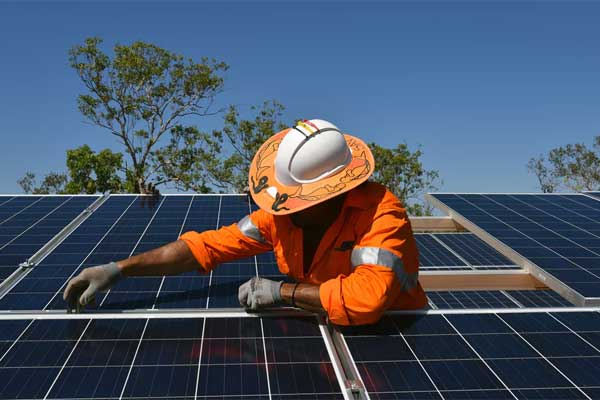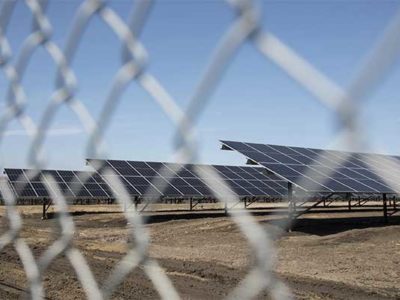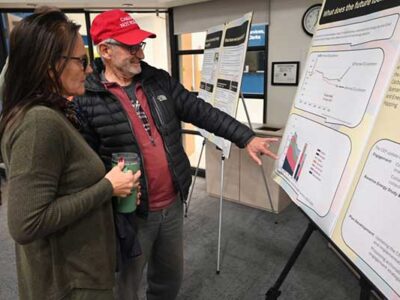Nations worldwide are struggling to meet the ambitious target set during the UN climate talks to triple renewable energy capacity by 2030, a crucial step in combating global warming, according to a report from the International Energy Agency (IEA).
The IEA’s analysis, which encompasses policies, plans, and projections from almost 150 countries, indicates that these nations are on track to achieve 8,000 gigawatts (GW) of renewable power capacity within the next six years. However, this figure falls significantly short of the 11,000 GW goal established at the COP28 climate conference in Dubai last year. This target is vital for keeping global temperature rise within 1.5 degrees Celsius above pre-industrial levels.
“Countries’ ambitions and implementation plans are not yet in line with the key goal set at COP28,” the IEA stated. Despite this shortfall, the agency emphasized that governments still possess the tools necessary to accelerate progress in the coming months through their Nationally Determined Contributions (NDCs). These NDCs represent each country’s targets for reducing emissions of greenhouse gases responsible for climate change.

The International Energy Agency works with countries around the world to shape energy policies for a secure and sustainable future.
Executive Director Fatih Birol expressed optimism, noting, “The tripling target is ambitious but achievable – though only if governments quickly turn promises into plans of action.”
The deployment of renewable energy sources such as solar and wind power is essential for another critical agreement from COP28: the transition away from fossil fuels. Since the landmark Paris Agreement on climate change in 2015, the world has seen a significant boost in renewable power installations, averaging an 11% increase annually as technology costs have plummeted. In 2023 alone, nearly 510 GW of renewable capacity was added, marking a 50% increase from 2022 and the fastest growth rate in the past two decades.
The stark reality of the current energy landscape underscores the urgent need for robust action. Despite the impressive strides in renewable energy adoption, the global community is not on track to meet its climate commitments. The disparity between the current trajectory and the COP28 targets highlights the necessity for enhanced policy measures, increased investment, and accelerated implementation of renewable energy projects.
To bridge this gap, countries must leverage their NDCs more effectively, ensuring that these contributions are not only ambitious but also actionable. This entails integrating renewable energy projects into broader economic and infrastructure planning, providing financial incentives for clean energy investments, and fostering international cooperation to share technology and best practices.
The path to tripling renewable energy capacity by 2030 is fraught with challenges, but it is not insurmountable. With concerted global effort and immediate action, it is possible to turn the tide against climate change. This requires a collective commitment to sustainable energy practices and a resolute focus on the long-term benefits of a greener, cleaner energy future.
In conclusion, while the current progress falls short of the COP28 aspirations, the potential for achieving these goals remains within reach. The next few years will be critical in determining whether the global community can muster the political will and practical measures needed to transition to a sustainable energy future. By prioritizing renewable energy development and aligning national policies with international climate goals, we can move closer to a world where renewable energy is the cornerstone of our power systems.















Comments